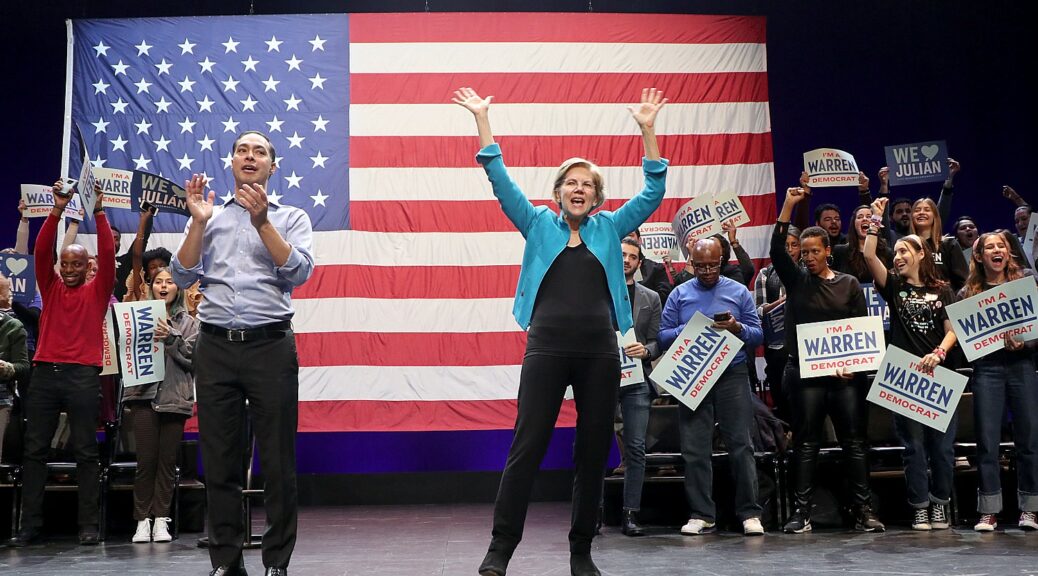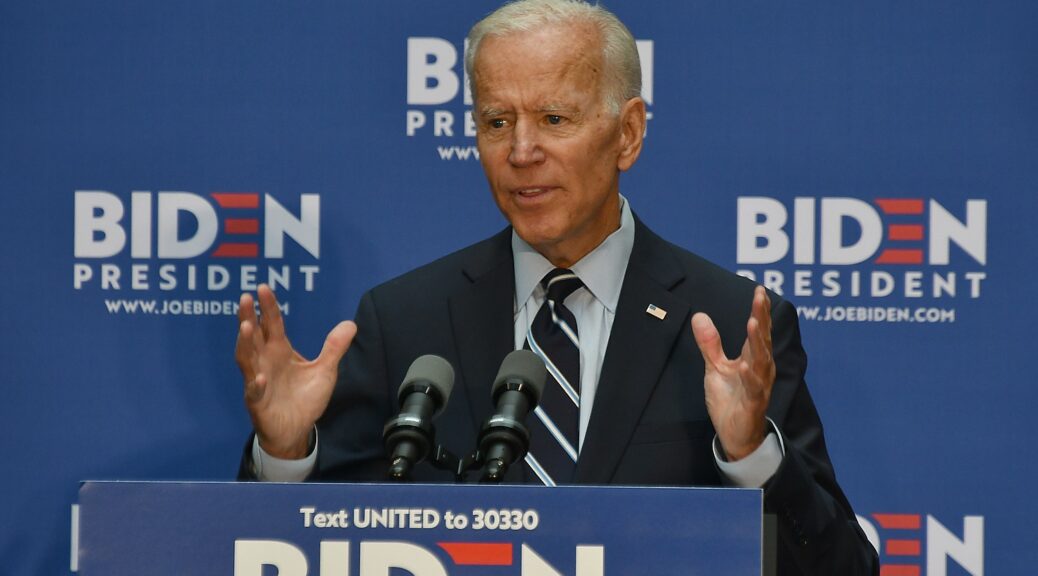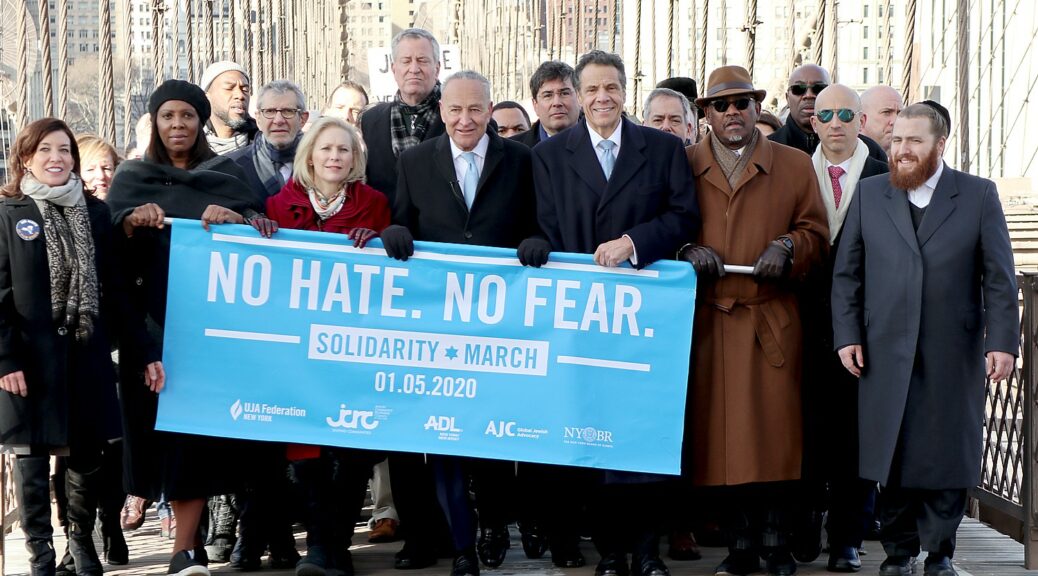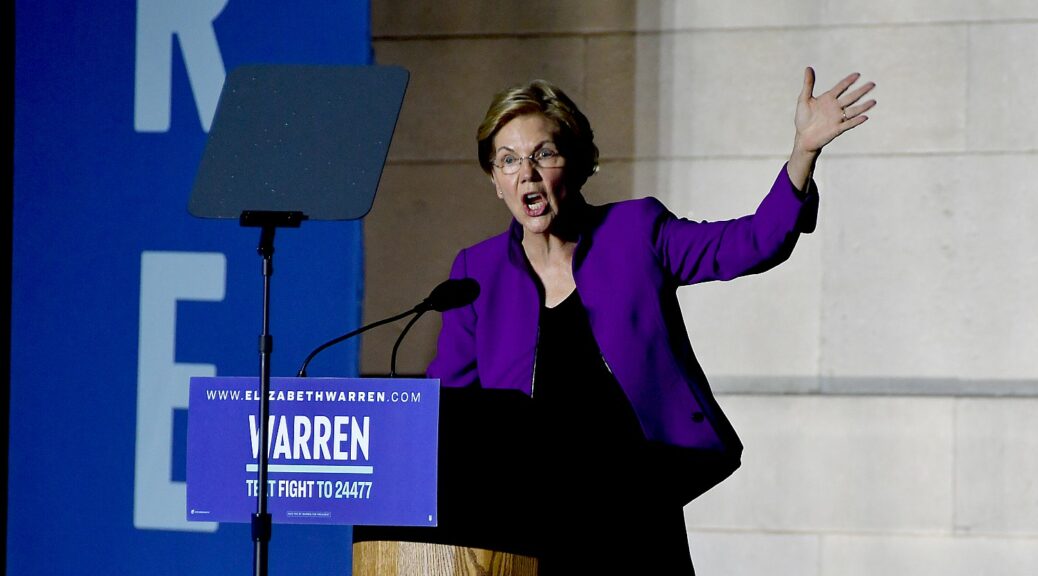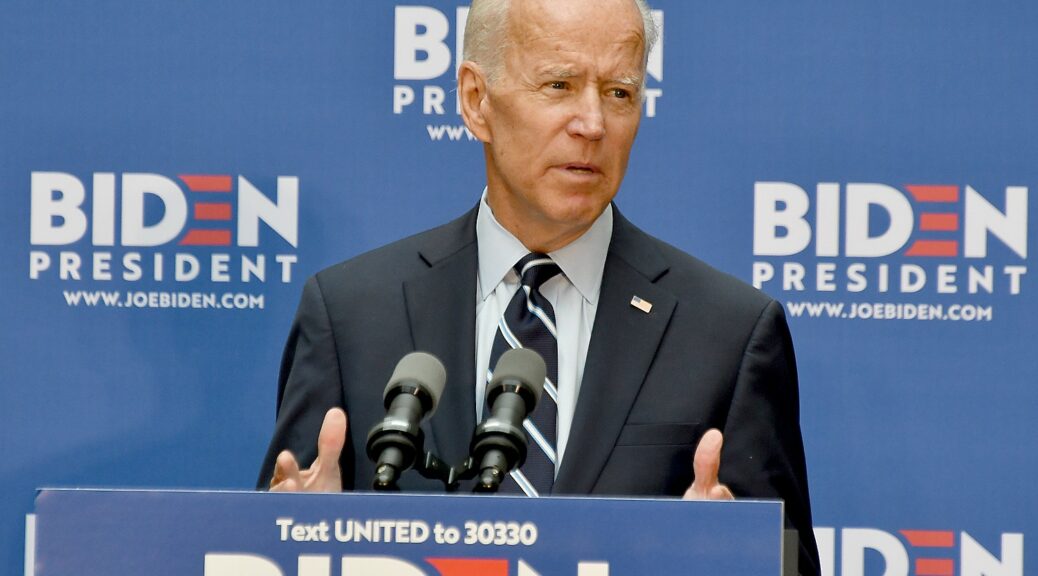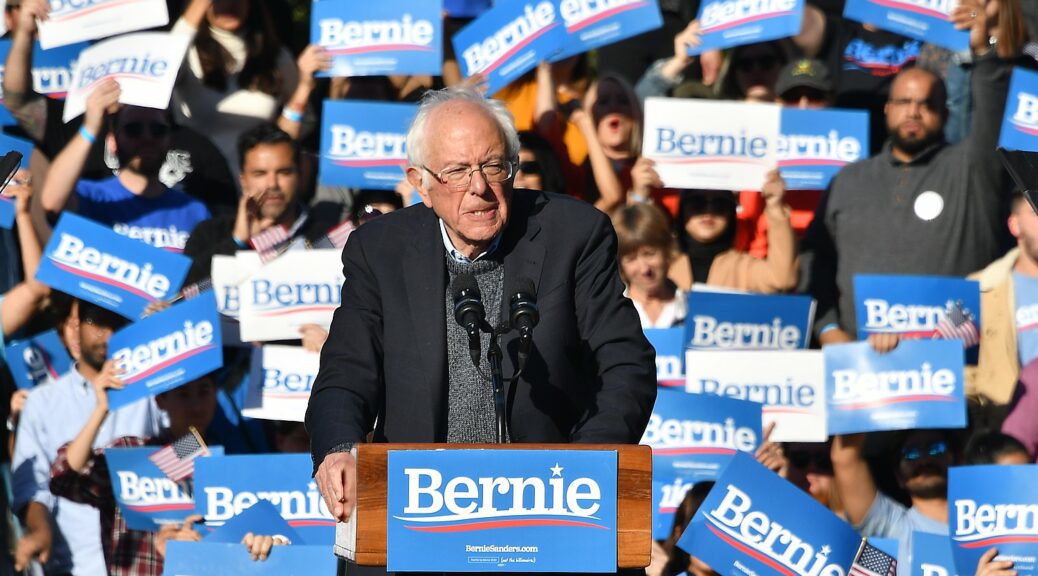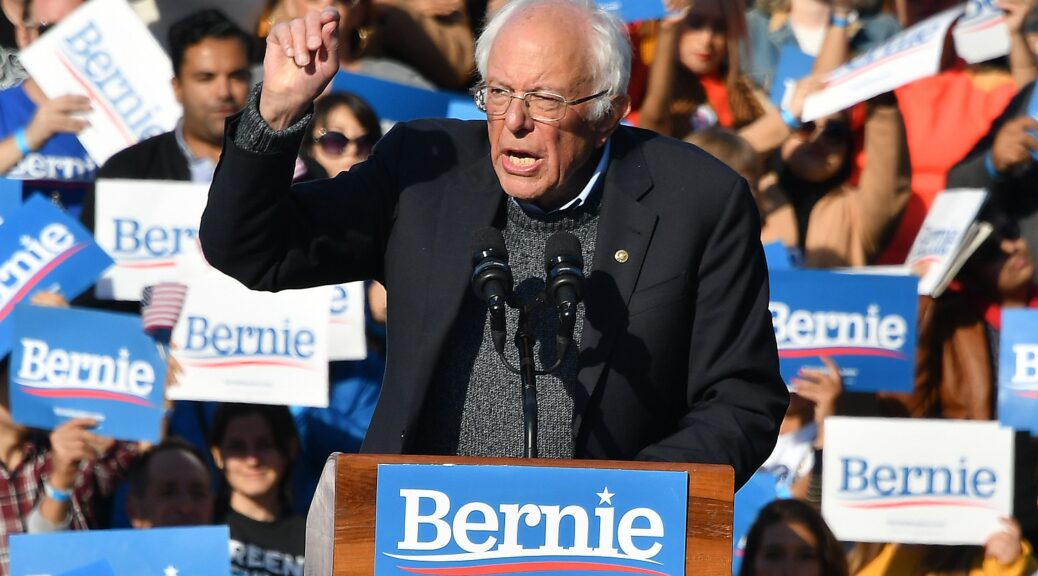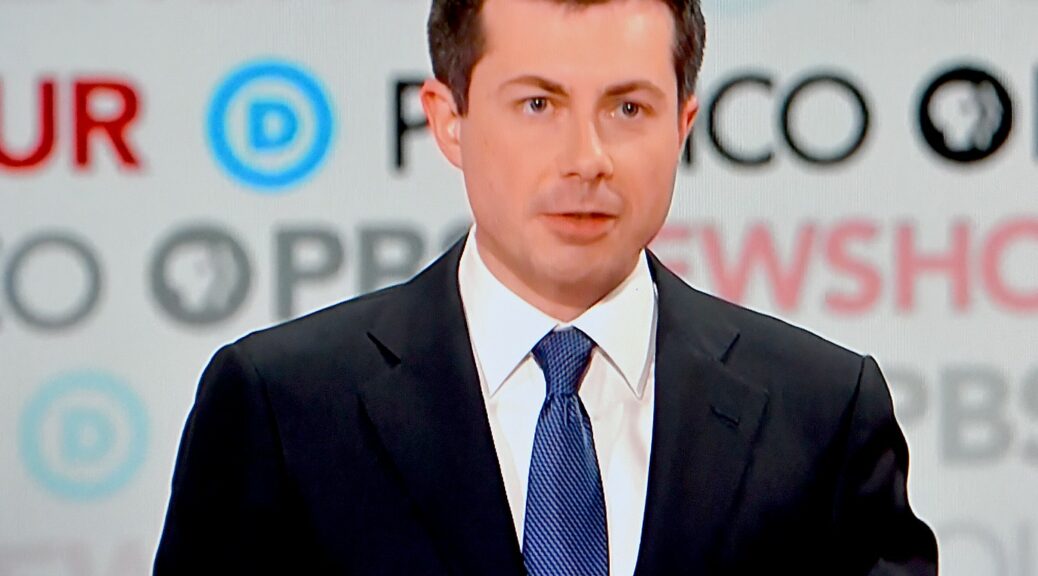
By Karen Rubin, News-Photos-Features.com
I thought it was impressive when a couple of dozen elected officials from state, county and local government came to a Shabbat service at Temple Beth-el of Great Neck to show support for the Jewish community after horrific attacks at a Rabbi’s home in Monsey and a massacre at Jersey City kosher grocery. I was moved by the outpouring of 25,000 mostly Jewish (surprisingly few Orthodox) who marched as a demonstration of Jewish pride and resolution over the Brooklyn Bridge, led by Senators Schumer and Gillibrand, Governor Cuomo and Lt. Governor Kathy Hochul, and faith leaders. But what was truly awesome were the 2500 Long Islanders who marched in a show of solidarity to fight anti-Semitism and hate crimes at the county seat in Mineola, representing just about every aspect, community and culture across the length and breadth of Long Island. Marchers came from across the Island, representing more than 125 religious and community groups.

Nassau County Executive Laura Curran organized the march and rally in solidarity with the Jewish community and against Anti-Semitism in response to horrific attacks in Brookyn, Monsey, and Jersey City, as well as incidents of Anti-Semitic graffiti at the Holocaust Memorial and Tolerance Center of Nassau County in Glen Cove. In December, Nassau and Suffolk Counties formed a bi-county coalition that will identify and develop a plan of action to combat and report acts of hate and bias incidents on Long Island. In conjunction with a number of organizations, today’s march marked one of the task force’s inaugural initiatives.
“We organized this march to send a clear message in one voice: Long Islanders of all faiths and backgrounds stand united with our Jewish community and against Anti-Semitism,” said Nassau County Executive Laura Curran.
As Assemblyman Charles Lavine read off the names of participating groups, closing out nearly two hours of speeches (notably very short speeches, that’s how many speakers there were) included on the list: Turkish, Chinese, Indian…

Many of the speakers spoke of bigotry and anti-Semitism as being anathema to American values. But of course, Americans have a Pollyannish notion of this country’s “tolerance,” “acceptance.” The strain of bigotry, hatred and particularly anti-Semitism has always been here, even during World War II. It was muted after the Holocaust, after the US soldiers penetrated the concentration camps and saw, for the first time, that it was not “propaganda” that millions and millions were caged for extermination, that the Final Solution was real. But it was anti-Semitism that kept America from accepting refugees before, during and after the Holocaust, and no coincidence that the Palmer raids of the 1920s targeted Jewish labor leaders and the McCarthy blacklist consisted mainly of Jewish writers and officials.
The “popular” view is that anti-Semitism is back on the rise because working people feel somehow disadvantaged, though the connection eludes me. But here’s what I don’t get: in Nazi Germany, Jews were a convenient scapegoat for the genuine suffering of Germans caught in a Great Depression. That is not the case here in the United States. In fact, we are constantly told that the economy is the strongest in history, unemployment is at a 50-year low.
The rise in anti-Semitism – not just vandalism and nasty remarks but physical violence like the massacres at the Tree of Life Synagogue in Pittsburg, a synagogue in Poway, California, in Jersey City and the attack at a rabbi’s home in Monsey during a Chanukah celebration, has been quite astonishing. Over 2,000 hate crimes against Jews in 2019. In New York City, according to the New York Police Department, hate crimes against all other groups (Asian, Catholic, Hispanic, Black, Arab, Muslim, LBGTQ) totaled 206; the number directed against Jews, just in the five boroughs? 229.

Speakers referred to the fear that Jews now feel in their own neighborhood, community, college campus. Many Holocaust survivors are being wracked with renewed PTSD, their terrors re-awakened.
Indeed, a study by the American Jewish Committee in October found that 31% of Jews hide the fact they are Jewish; 25 percent avoid certain places, events, situations out of concern for their safety. In America? “We must be proud and not shy away,” said Eric Post, AJC NY Associate Director. “Anti-Semitism is not solely a Jewish problem. It’s an American problem. If not eradicated, it will corrode our fabric.”
There is a difference in today’s anti-Semitism, in that individuals armed with social media or semi-automatic weapons can do horrific damage that before would have required some organization or government sanction. And even if the defense is some sort of mental illness, as in the Monsey case, the question is why the voices compel them to strike out against Jews, what is it in the culture that directs hatred in that way?
But such hate turns out not even to be solely “organic” or a representation of “grassroots” disaffection. Foreign governments, particularly Russia, as well as domestic political factions that are using anti-Semitism, racism and fomenting hate in order to sow division, disrupt and destabilize our society to tilt elections and take power – after all, it worked so well during the 2016 campaign.

Indeed, five of our region’s Congressional representatives – Suozzi, King, Rice, Meeks and Zeldin – are requesting FBI Director Christopher Wray, CIA Director Gina Haspel, Homeland Security acting Secretary Chad Wolf and Secretary of Defense Mark Esper conduct an investigation into potential campaigns sponsored by foreign adversaries to cause civil unrest on domestic soil.
“Whether anti-Semitic, anti-immigrant, race based or some other form of hate, internal divisions provide an opportunity for our adversaries to exploit and further divide our nation,” the letter states. “We must work together to combat those that exploit ignorance to sow division for their strategic interest.”
The letter also cites a recent FBI study that found the rate of hate crimes increased by 17 percent from 2016 to 2017 but the rate of anti-Semitic crimes increased by 37 percent in 2017 and attacks motivated by racial or ethnical prejudice doubled. The timing since Trump’s ascendancy is not coincidence; Trump has curried the support of racists and bigots and basically green-lighted their activities. No longer is racism and bigotry kept under wraps or in shadow; with Trump it is out in the open.
But to the extent America is a melting pot, that melting pot is the New York metropolitan region – the city and suburbs, especially Long Island. Which is why the dramatic escalation in anti-Semitic hate crimes our area is all the more shocking and terrifying.
Rabbi Meir Feldman, who gave the sermon at Temple Beth-el on that Friday night, had only 72 hours before been at Yad Vashem, the Holocaust Memorial in Jerusalem.

“Our question tonight is not why there is anti-Semitism. It is simpler: what is this crazy evil thing, this abnormal force of anti-Semitism?” He shows a cartoon that is displayed at the memorial, an image of a parasite, an insect meant to be walked on but sits on top of the world, in its right eye, a symbol of money, in its left eye a hammer and sickle, the symbols of Capitalist and the communist seemingly contradictory. That is anti-Semitism – hated by both ends, a convenient scapegoat for anybody’s discontent and any politician’s demagoguery.
“Anti-Semitism is an impossible series of contradictions,” he says. “What’s our response? How do we confront and fight this scourge of contradictions?” He says with honesty, unity, solidarity and hope.
“We must call out Anti-Semitism wherever, whenever, reveal it for what it is: insane contradictions. Identify the ideological source – right, left, White Nationalist, Black Nationalist.”
But this is the most significant difference between Germany in the 1930s (where Jews had been living for 1000 years) and now: the vast majority of elected officials are standing up and calling out anti-Semitism, initiating new laws and calling for police enforcement, as they did on Friday night at Temple Beth-el, in the March Against Hate in New York last week, and in this weekend’s extraordinary march and rally on the steps of the Theodore Roosevelt County Building.

And it isn’t just speeches and marches, but actions. Senator Charles Schumer is advocating $360 million more in spending to secure houses of worship and federal assistance to localities to prosecute hate crimes; 298 Representatives have signed on to sponsor the Never Again Education Act to authorize the Secretary of Education to award grants to eligible entities to carry out educational programs about the Holocaust. (It was introduced in the House in January 2019.)

Congressman Tom Suozzi attributed the rise in anti-Semitism to social media which makes it easy to spread and magnify hate, some of it promulgated by foreign adversaries trying to stir up civil unrest. It works because “there is too much ignorance. How many deny the Holocaust or don’t know about it? That is a recipe for disaster.” The US soldiers, he said, who were just two or three months away from liberating the concentration camps were still debating if the Holocaust was real or propaganda. “We must educate.”
The state and county are stepping up prosecution of hate crimes, as well. Governor Cuomo is proposing a domestic terrorism law that encompasses hate crimes, and is seeking resources and security funding for law enforcement and faith based institutions.
State Senator Anna Kaplan has introduced four bills aimed at combating the rising tide of anti-Semitism and hate in New York State, through education, awareness, and a stronger hate crimes statute to ensure prosecutors have the tools necessary to hold accountable those committing anti-Semitic and hate motivated crimes.

“As a Jewish refugee who came to this country fleeing anti-Semitic violence in my homeland, my heart aches over the out-of-control spree of anti-Semitic violence taking place here in New York. I’ve been proud to stand shoulder to shoulder with New Yorkers of all faiths and backgrounds as we have marched in the streets and loudly proclaimed that we will not allow anti-Semitism and hatred to take hold in New York, and today, I’m proud to announce that I am taking concrete steps to address this crisis from every direction.”
Kaplan, the first Persian-American elected State Senator: “We speak with one voice. We are never going to accept anti-Semitism in our community or anywhere. Anti-Semitism has been a plague on society for thousands of years. We have to be the generation that stands up and takes decisive action.”
Nassau County District Attorney Madeline Singas said, “We see thousands of you shoulder to shoulder, different colors, creeds, faiths, standing with neighbors, community to say ‘Enough.’ Hate is offensive to a nation born of tolerance, and it is criminal. We will work hard to arrest, prosecute, hold offenders accountable. “ She has created a hate crimes bureau. ‘We hope one day soon we won’t need it. We say no to anti-Semitism, racism, misogyny, homophobia, bigotry.”

Nassau County Executive Laura Curran, who organized the massive display, said, “Hate has no place on our beautiful island. We have got your back,” and introduced five Holocaust survivors.
Suffolk County Executive Steve Bellone: “this is the one nation on earth where every form of humanity is a citizen… January 27 is the 75th anniversary of the liberation of Auschwitz. That date is a reminder, we must stand up, any time we see bias or hate in words or actions.”

Senator Schumer, relating how his great grandmother, along with 30 other relatives aged 3 months to 85 years old, were machine gunned by Nazis in Ukraine, said, “Unfortunately people there didn’t speak up.”

New York State Attorney General Letitia James said, “As an African American, I know hate, know discrimination. An attack against one of us is an attack against all of us… During the civil rights movement, it was Jews who referred to blacks by their last name, not their first; who let Blacks enter the front door, not the back door, Jewish people who died for my people. Not just black blood but Jewish blood [was shed for civil rights]. Hate won’t be tolerated on Long Island or anywhere in the State.”

New York State Comptroller Tom DiNapoli said it is hard to believe how the numbers of anti-Semitic incidents, of hate, violence are going up in the New York metro area. “You being here show that we will not accept this as the new normal. What we take from today, in our homes, workplaces, houses of worship, neighborhoods, that’s where we must fight hate.” Everyone, he said, should see the “Auschwitz: Not Long Ago, Not Far Away” exhibit at the Museum of Jewish Heritage (extended until August 30, 2020). “Eli Wiesel warned of the great peril of indifference in the face of hate.”

Dr. Isma Chaudhry, president of the Islamic Center of Long Island, which turned out in force for the march, said, ‘What I see today is a strong Long Island. As a Muslim, our moral obligation to stand by humanity suffering in pain, prosecution of hatred, discrimination. We stand with our Jewish brothers and sisters in solidarity… Nassau is making history by this strong statement of solidarity of diverse communities.”

Kevin Thomas, the first Indian-American elected State Senator, holding his 13-month old daughter: “My community stands with the Jewish community” adding, we need to teach our children when they are young.
Assemblyman Tony D’Urso’s family is a model of the courage that it takes. When he was just a boy, Nazis took over his village in Italy. His father protected the only two Jewish families who lived in the village, hiding them in the mountains when others would have happily given them up for a little money or food.

Probably most touching was Linda Beigel Schulman, whose son Scott was a teacher-coach when he was murdered in the massacre at Parkland school in 2018. She noted that the target of his killer was a history class teaching about the Holocaust.
“We held a celebration of his life at the temple where Scott was bar mitzvahed. The rabbi asked if I wanted any security. I said ‘Why?’ Six days later, a gunman massacred Jews at the Tree of Life synagogue, simply because they were Jewish.”
Schulman’s father was a Holocaust survivor and when she taught in Germany 1977-9, “I feared telling people I was a Jew. But living in Louisiana, a woman asked me, ‘where do you hide your horns.’ Her husband attended NYU; his roommate moved out when he discovered he was Jewish.

“I know why I am here today, why we all must be here, to have our voices heard. Over 2,000 anti-Semitic incidents in 2019 – gestures, name-calling, painting swastikas, toppling headstones, physical attacks and murder, merely because a person is Jewish or believed to be. Anti-Semitism is like a virus infecting, sometimes killing its host. The body tries to fight it off, but it lies dormant, and rears up again. If we allow anti-Semtiism to take hold in the United States, it will destroy the fiber that holds us together. E Plubus Unum – out of many, one. Without that motto is tribalism and ‘me first’.
“We need to become the best society we can. We the people are the antidote. It doesn’t matter if Jew, Christian, Muslim, Hindu, Sikh or no religion, Asian American, Hispanic, Italian, African American, whether citizen or immigrant, if you came by airplane, ship or on foot. We are the antidote to wipe out anti-Semitism once and for all. Our voices must be heard. Silence only brings acceptance and gives anti-Semitism the fuel it needs to spread.”
Assemblyman Charles Lavine, who served as the emcee for the event, said, “For generations, tragedy after tragedy, Jews have been saying “Am Yisrael Chai” – the people of Israel live. It is time for us all Americans to stand together, united to say, Am America Chai. These are the stakes.”

Here is a list of the elected officials, community and faith leaders who participated in Long Island’s march against Anti-Semitism:
- Nassau County Executive Laura Curran and Suffolk County Executive Steve Bellone
- Chuck Schumer, Senator
- Letitia James, State Attorney General
- Tom Suozzi, Congressman
- Peter King, Congressman
- Kathleen Rice, Congresswoman
- Tom Di Napoli, State Comptroller
- Todd Kaminsky, State Senator
- Kevin Thomas, State Senator
- Anna Kaplan, State Senator
- Jim Gaughran, State Senator
- John Brooks, State Senator
- Chuck Lavine, Assemblyman
- Judy Griffin, Assemblywoman
- Mike LiPetri, Assemblyman
- Michelle Solages, Assemblywoman
- Madeline Singas, NC Distirct Attorney
- Jack Schnirman, NC Comptroller
- Don Clavin, Town of Hempstead Supervisor
- Anthony D’Esposito, TOH Councilman
- Charles Berman, Town of North Hempstead Tax Reciever
- Wayne Wink, ToNH Clerk
- Peter Zuckerman, ToNH Councilman
- Veronica Lurvey, ToNH Councilwoman
- Viviana Russell, ToNH Councilwoman
- Debra Mule, County Legislator
- William Gaylor, County Legislator
- Thomas Mckevitt, County Legislator
- Delia Deriggi-Whitton, County Legislator
- Ellen Birnbaum, County Legislator
- Richard Nicolello, President Officer of County Legislature
- Tim Tenke, Mayor Glen Cove
- Marsha Silverman, Councilwoman – Glen Cove
- Eve Lipenko-Ferrante, Councilwoman – Glen Cove
- Danielle Fugazy-Scagliola, Councilwoman – Glen Cove
- John Perron, Councilman – Glen Cove
- Rocco Totino, Councilman – Glen Cove
Faith organizations and other groups
- Chabad of Mineola
- Chabad of Hewlett
- Chabad of Oceanside
- Chabad of Port Washington
- Chabad of Manhasset
- Chabad of Merrick
- Chabad of West Hempstead
- Chabad of Oyster Bay-East Norwich
- Chabad of Brookville
- Chabad of Great Neck
- Chabad of Stony Brook
- Chabad of 5 Towns
- The Young Israel of Woodmere
- Young Israel of Lawrence-Cedarhurst
- Temple Israel of Lawrence
- Sid Jacobson JCC
- Barry and Florence Friedberg JCC
- The Marion & Aaron Gural JCC
- Suffolk Y JCC
- 5 Towns Jewish Center
- East Meadow Jewish Center and Temple Beth-El
- Congregation Simchat HaLev
- Interfaith Clergy Council of Syosset, Woodbury & Jericho
- Temple Am Echad of Lynbrook
- Islamic Center of Five Towns
- Hillside Islamic Center
- Temple B’nai Torah
- Central Synagouge Beth Emeth
- North Shore Synagouge
- Plainview Jewish Center
- Temple Beth Chai
- Reconstructionist Synagouge of the North Shore
- Shelter Rock Jewish Center
- Cathedral of the Incarnation & the Episcopal Diocese of Long Island
- The Muslim Center of Long Island
- Oceanside Jewish Center
- Temple Or Elohim
- Temple Avodah
- Old Westbury Hebrew Congregations
- Synagouge Kehillas Bais Yehudah Tzvi
- Congregational Church of South Hempstead
- United Synagogue of Conservative Judaism
- Christian Light Missionary Baptist Church of Long Beach
- Tiberian Baptist Church of Queens
- New Hope Institutional Baptist Church of Amityville
- Union Baptist Church of Hempstead
- Kingdom Family Ministry of Uniondale
- Zion Cathedral Church of God in Christ of Freeport
- First Baptist Church of Glen Cove
- Antioch Baptist Church of Hempstead
- South Hempstead Baptist Church
- Miracle Christian Center of Hempstead
- Westbury AME Zion Church
- Mount Calvary Baptist Church of Westbury
- Bethany Seventh-Day Adventist Church of Westbury
- First Baptist Cathedral of Westbury
- Ahavat Shalom Synagogue
- Temple Sinai of Roslyn
- Dioceses of Rockville Centre
- Shuvah Yisrael Messianic Synagogue
- Temple Beth Torah or Melville
- Achiezer
- Muslim Community Center of Nassau County
- Anti-Racism Project
- African American Museum of Nassau County
- Moms Demand Action
- Chinese Center of Long Island
- NAACP Westbury Branch
- Selfhelp Community Services
- Western Nassau Sisterhood of Salam Sholem
- Islamic Circle of NA-Sisters Wing
- Muslim Children of North America
- Indian American Muslim Council
- Federation of American Indian Relief
- Muslim Community of Nassau County MCNC
- Zionist Organization of America
- Nassau Now
- Erase Racism
- East Meadow Public Library
- Voices for Truth and Humanity
- LI Chapter of Friends of Israel – Scouts
- Suffolk Jewish Advisory Board
- Interfaith Allicance, Long Island Chapter
- Long Island Board of Rabbis
- Commonpoint Queens
- Merrick-Bellmore Jewish Community Council
- Hadassah Nassau
- Yashar, the Attorney and Judges’ Chapter of Hadassah
- Women’s Diversity Network
- Turkish Cultural Center of LI
- Muslim American Community of Syosset
- Zionist Organization of America
- Jewish Lawyers Associations of Nassau
- Kiwanis International and Long Island Kiwanis Clubs
- Long Island Inclusive Communities Against Hate
- Nostrand Gardens Civic Association
- The Lakeview Estates Civic Association
- New York Board of Rabbis
- Shomrim Society of Nassau
- Ethical Humanist Society of Long Island
- Hewlett House
- Nassau/Suffolk BBYO
- Long Island Cares
- Muslim American Community of Syosset
- NY Metro Region of the Federtion of Jewish Men’s Clubs
- the Long Island Latino Teachers Association
- Long Island Torah Network
- Raising Voices USA
- 9/11 Calling of the Names Ceremony Organizers
__________
© 2020 News & Photo Features Syndicate, a division of Workstyles, Inc. All rights reserved. For editorial feature and photo information, go towww.news-photos-features.com, email [email protected]. Blogging at www.dailykos.com/blogs/NewsPhotosFeatures. ‘Like’ us on facebook.com/NewsPhotoFeatures, Tweet @KarenBRubin


